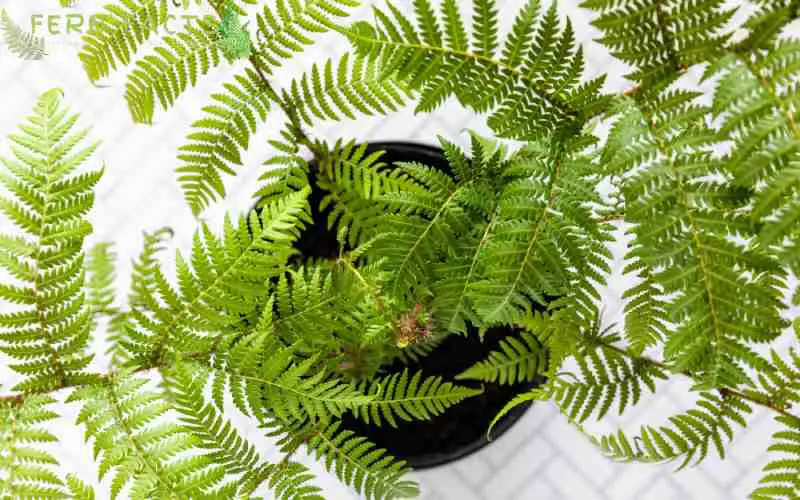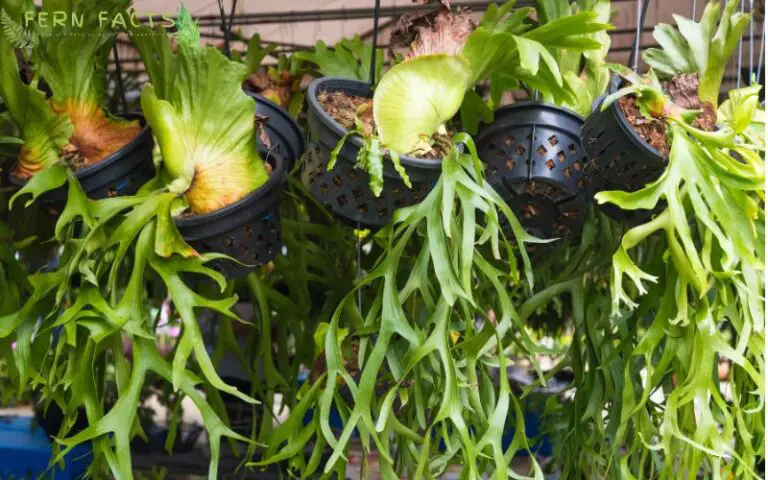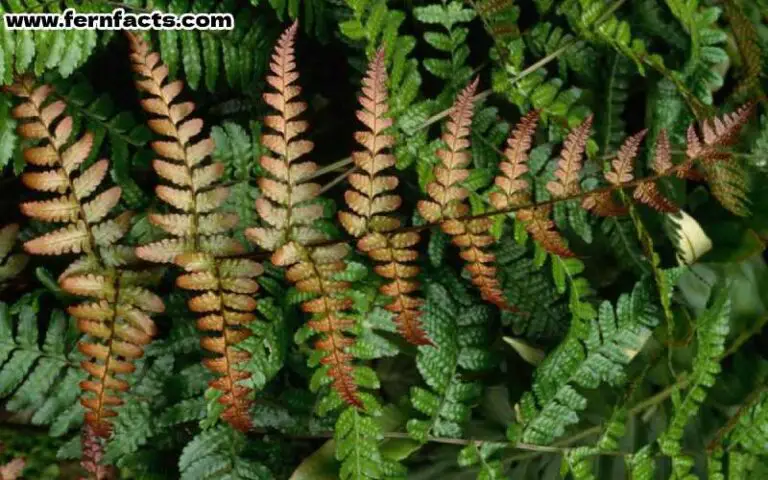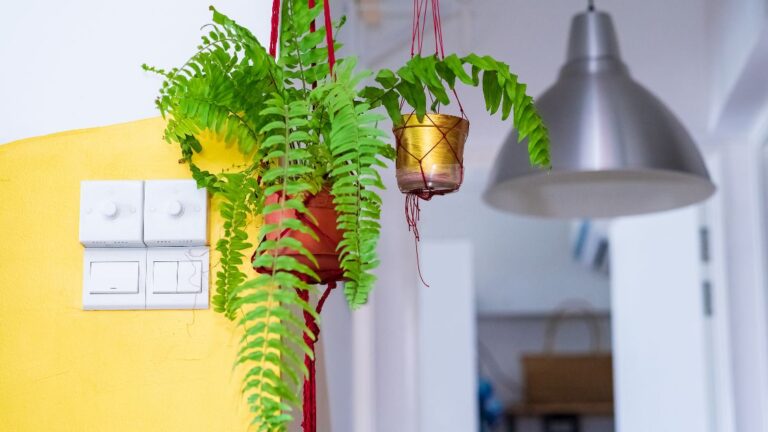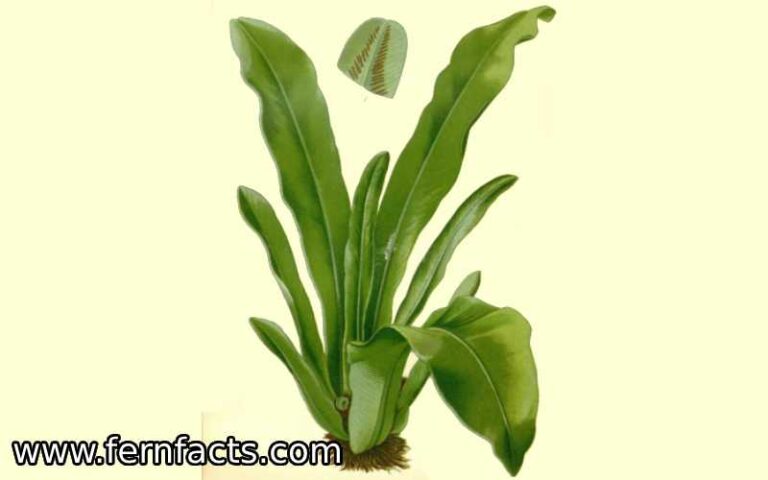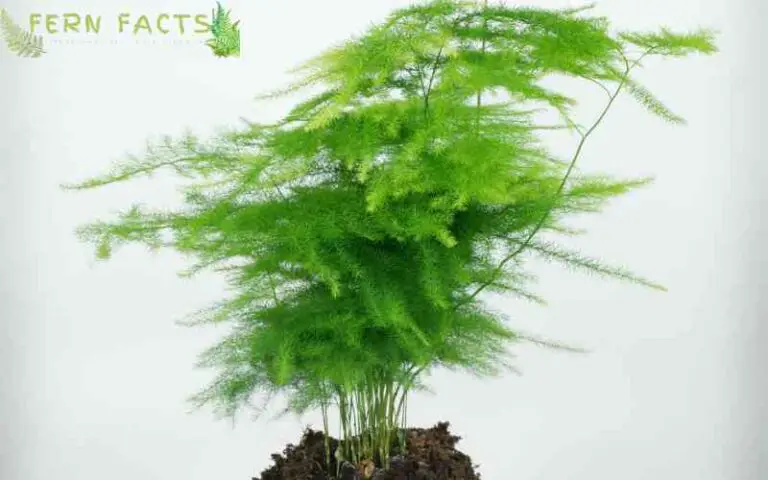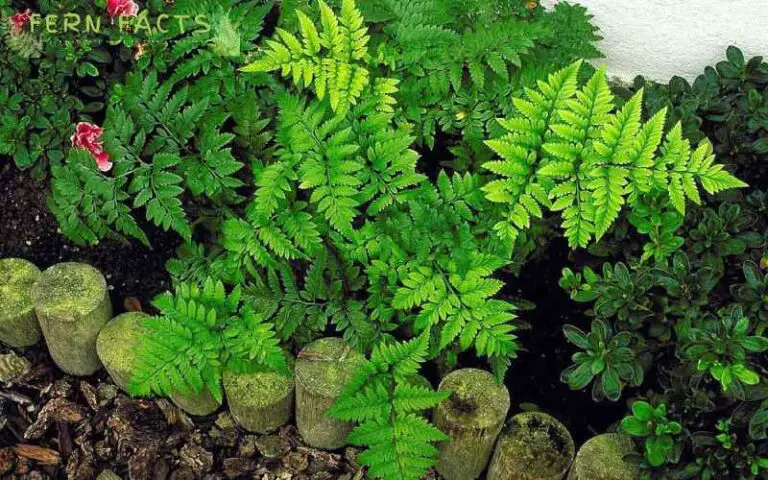How to Care for a Tropical Mother Fern Indoors
Are you interested in tropical mother fern planting? Tropical mother ferns are one of the likable plants as indoor plants, considered also as a medical plant.
Their evergreen lush appearances will turn into your house’s mini wild nature. If you are willing to know more about these tropical motherferns and their caring and growing instructions, then watch out for this article.
Here, I’ll give you all the information about these mother ferns and their maintenance guidelines so that you can grow and plant these ferns in your house. So let’s start with an overview of Mother ferns.
Overview of Mother Ferns
- Botanic name: Asplenium bulbiferum
- Common names: Mother fern, mother shield ferns, chicken or hen fern
- Family: Aspleniaceae
- Genus: Asplenium
- Plant: Perennial evergreen
- Native range: New Zealand
- Height: around 3 to 4 feet
- Width: around 90 cm
- Flower: non-flower
- Shade: Partial
- Soil: acidic, neutral, well-drained
- Hardiness zone: 9,10,11
Mother ferns are also known as chicken or hen fern, or mother spleenwort ferns that are mostly distributed in New Zealand.
These ferns have been mostly used for medical purposes for New Zealand citizens over the years. These ferns and young fronds are being eaten by many people for several beneficial purposes.
Generally, Maori ( indigenous Polynesian people who live on the mainland of New Zealand) eat these young fronds. Sometimes, they eat raw vegetables or cooked vegetables in their region.
The most important fact is that New fresh fronds fall near the main plant and start growing as individual ferns. That’s why it’s called mother fern or parent plant where its baby plant grows by its side.
Since it’s a typical motherfern, they prefer moist, humid, and indirect sunlight to grow and thrive. Similarly, they prefer Hardiness between 9 to 11 which gives them an evergreen vibrant appearance in nature.
Their evergreen lush and leathery Fronds are perfect for indoor or hanging basket plants in houses.
Mother Ferns Care and Maintenance
Let’s go through some basic care and maintenance tips for mother ferns in order to have healthy growing ferns in your house.
Light Requirements
Mother ferns prefer a shaded filtered atmosphere like their native tropical environments. Try to avoid keeping them under direct sunlight on the other way around in the deep dark room.
Both can be equally a barrier to their healthy growth. make sure to provide them with a shaded or filtered place in your house.
Similarly, avoid placing them in the direct sunlight or open sky where they can be overly exposed to the direct sun rays.
Direct sun can scorch or burn your fern fronds. Hence, choose an indirectly shaded place in your house to locate your tropical mother fern.
Water
For thriving tropical motherferns, you need to balance their watering level. Since they are tropical; mother ferns, that’s why they prefer moisture in their soil, not too much water or standing water since it might kill the plant.
You can water once a week during normal seasons. Additionally, rescue watering in the winter or cold seasons.
Since they do not need much water at that time, try to water them once every 15 days. It would be perfect if you checked the soil’s condition before watering the plants.
Soil
Since these tropical mother ferns like acidic well-drained soil, therefore you need to choose acidic soil for planting.
However, you can also increase the richness of the soil by adding charcoal, leaf mulch, loam, and sand in equal ratios. All these elements will increase the soil texture and richness.
Temperature and Humidity
Tropical motherferns are fond of a humid atmosphere. That’s why, make sure these ferns can get enough humidity from the atmosphere.
As they mostly thrive in 9 to 11 USDA zones, 60 to 70 degrees Fahrenheit would be their ideal temperature to live in.
As they like and enjoy humidity, you can also increase the humidity. In order to increase humidity around their surroundings, you can locate them in the best humid places in your house such as bathrooms, and kitchens.
Alternatively, you can also buy a humidifier or peddle tray for your plants which will also increase the humidity around your plants.
Fertilizer
Since these are tropical ferns, they would not require much fertilizer. Therefore, you can feed them once a month with a water-soluble fertilizer or liquid fertilizer at half-strength during the growing seasons.
Conversely, reduce the amount during the fall and winter seasons as they become dormant in those seasons. Just follow the label instructions from the packaging for further do’s and don’ts.
Pruning
These Mother ferns don’t need much pruning and trimming because they are very easy and slow-growing ferns.
Not like other invasive plants, they are very slow-growing ferns. However, you can still cut off their dead, damaged, or burned fronds to keep them in a clean appearance.
Mother Fern’s Pests Problems and Solution
Tropical mother ferns are likely to be pests however they can be affected by mealybugs and scales if your garden’s other plants are already affected by those pests.
In such cases, remove all pests-infected plants so that they cannot affect other plants in your house. Use pesticides or neem oil on a regular basis to eradicate these pests and insects thoroughly.
Be consistent in this process until you make sure all of the pests are fully removed. Do not stop or be inconsistent in this process, then you might face difficulties in curing your plants.
Propagation of Mother Ferns
Mother ferns can easily drop their new shoots or offset on the ground. A couple of days later, New baby ferns started growing near its mother plant.
However, if you don’t want this natural process, then you can easily use a dividing method to propagate your mother ferns.
- Just take your mature mother fern and remove the plant from the pot or container.
- Then, gently divide the roots while making sure each side has the same amount.
- Prepare the soil with organic compost, sand, and leaf mulch in equal amounts.
- Place them in a pot or a container with your New mixing soil.
- Then water the plants thoroughly and keep them in a shaded place until you observe new growth.
Learn More About How to Care for and Nurture Asplenium Parvati (Mother Fern).
Closing Statements
In the final thought, mother ferns are tropical evergreen slow-growing plants that have been contributing to several medical purposes in the world.
Since it’s a slow-growing fern, this is one of the likable indoor plants for gardeners and plant enthusiasts.
By giving them their ideal indirect shaded place, well-drained acidic soil, and with a moderate watering you can grow these ferns at your house.
As they are almost pest-free and need less pruning and grooming, you can comfortably plant these tropical motherferns in your house.
Frequently Asked Questions (FAQ)
- What is this mother fern?
Mother ferns are ferns that belong to the Asplenium genus under the Aspleniaceae family.
- Can these motherferns be grown indoors?
Yes, absolutely! They can both grow indoors and outdoors with their ideal conditions.
- How long can these ferns grow?
These ferns can grow up to 3 to 4 feet in height.
- Are mother ferns invasive?
No! They aren’t. They are very slow-growing evergreen ferns.
- Do they need pruning and grooming frequently?
No! They don’t require much pruning and trimming. However, you can still prune their dead, damaged fronds.

